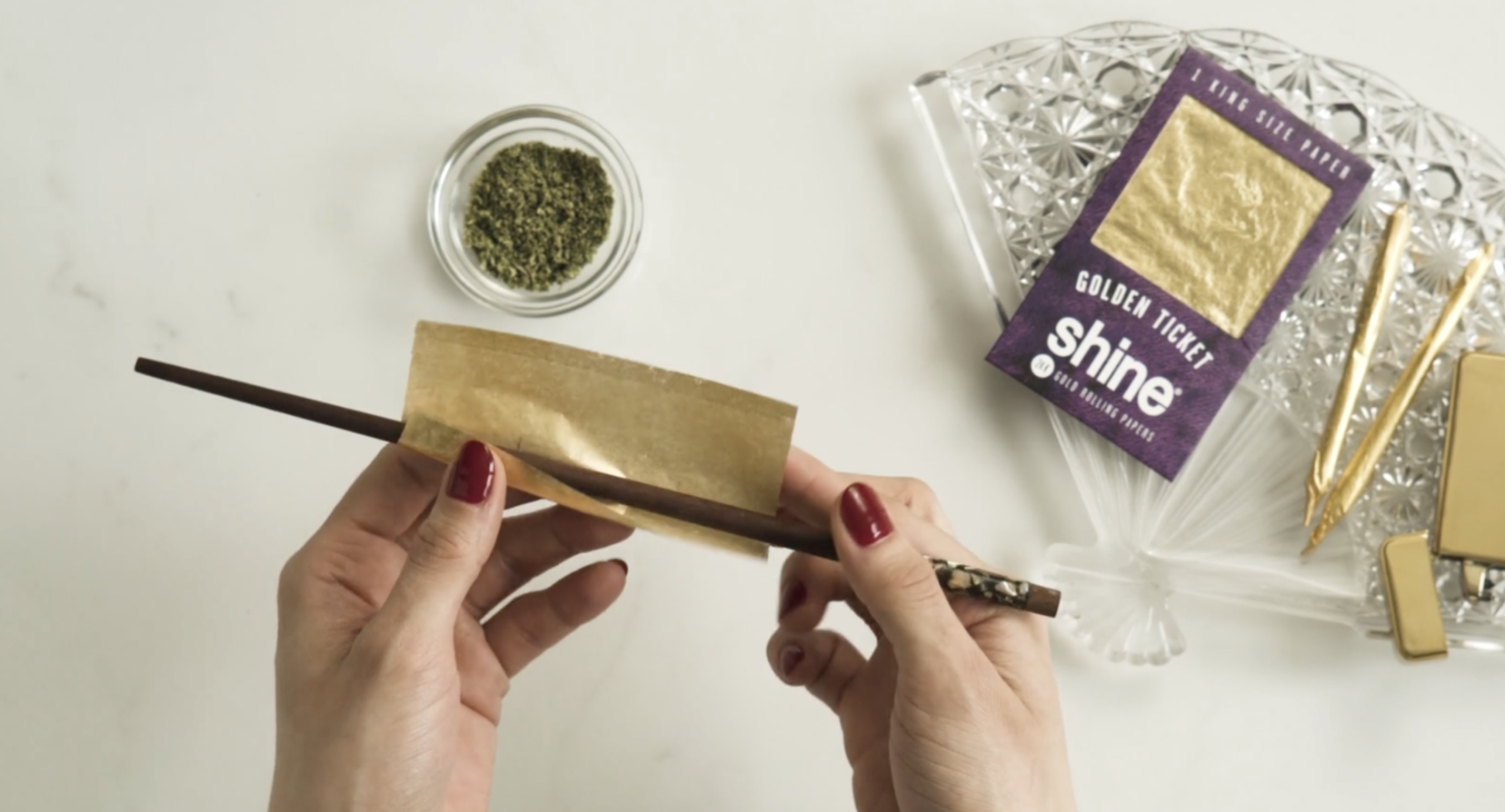High Herstory creates space for women & femmes who love weed while bringing to life meaningful, stigma-changing content at the intersection of cannabis and culture.
How to Roll a Joint (When You Can't Roll a Joint): Try This Easy Hack to Roll Perfect Joints Instantly
So many women I know make it look effortless to roll one up. Their fingers glide over the paper, twisting the green grounded nuggets into submission in a matter of seconds and tucking the paper so quickly it almost looks like magic before presenting a J so beautiful it shouldn’t even be smoked, just preserved in the World’s Most Picturesque Joint Museum. And when you smoke it? It burns evenly and survives many a pass; managing to retain its luster even to the last inhale.
Weed Terminology 101: Strains, Weight Measurements, and More Cannabis Terms and Definitions
If you're new to the world of cannabis, whether you're planning on visiting a dispensary for the first time, or you just want to learn more about the plant, it can be overwhelming to navigate all the different terms and jargon used to describe the products. Here is a guide to some basic cannabis terminology.
How to Use A Dab Pen: Why You’ll Love Using a Wax Pen for Weed.
Dabbing is considered a potent way to consume cannabis and can be a great option for achieving a stronger and longer-lasting effect from your weed. A dab pen, also known as a wax pen or concentrate pen, is a device used to vaporize concentrates such as wax and oil. Dab pens are portable, easy to use and emit less odor than traditional dabbing, making them a more discreet option for consuming concentrates on-the-go.
How Do I Pick a Weed Strain That Won’t Get Me Too High?
Picking a cannabis strain that won't get you too high can be a tricky process, but there are a few things you can keep in mind to help you find the right one. Here are a few tips.
How Long Does Weed Stay Good?
It's probably happened to you before: you're cleaning out your closet, and in the middle of it, you notice a baggie of flower stashed away in the back of a drawer. It's a pleasant surprise. But will this ancient herb turn into dust if I try to grind it? How long does weed stay good for? Will it work? Is this even weed?
The Science Behind Creativity and Cannabis: An Interview With Shawn Gold of Pilgrim Soul
Have you ever wondered if cannabis is actually helpful for the creative process or if it just feels like weed is giving you a creative boost? We had the pleasure of interviewing cannabis creativity expert Shawn Gold of Pilgrim Soul, a mission-driven company focused on optimizing human creative performance to gain a competitive edge in business and life. Shawn lives his life with the notion that where there is an open mind, there is always a frontier - that everything we've learned is not necessarily an answer but precedence - a jumping-off point for new ideas.






















Let’s be real, it’s always a good time to support Black and WOC-owned businesses and not only during Black History Month! We rounded up of some of our favorite brands. We hope this shopping guide helps you find the perfect gift for yourself of your loved ones.